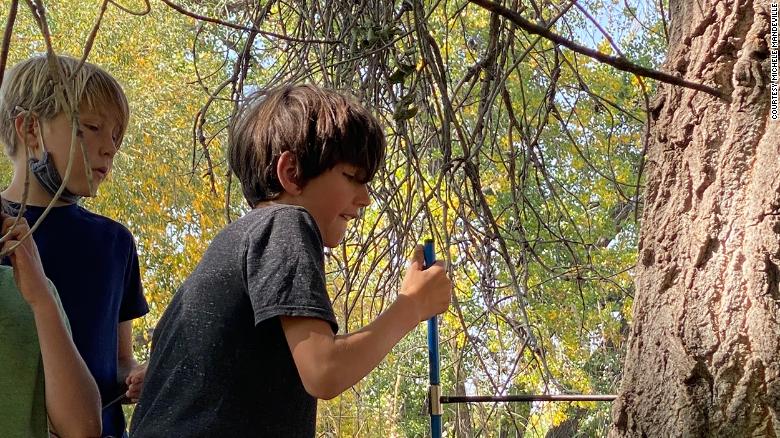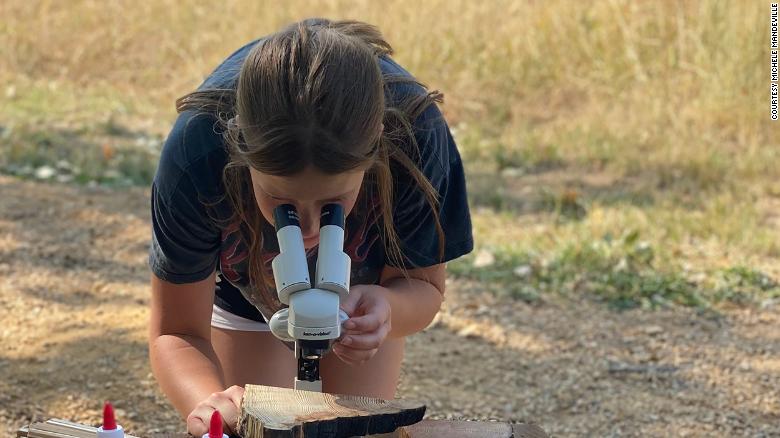December 4, 2020
We were thrilled to see PLT featured so prominently on CNN last month! Check out the article “Outdoor Classrooms Reenergize Kids During the Pandemic” and accompanying video published on CNN Health on November 18, 2020 that showcases how PLT is supporting educators and parents in a growing movement to get kids outdoors, not only during the pandemic which has forced schools to move to online learning, but also as a way for using nature and the outdoors for improving children’s health and social and emotional learning.
(CNN)—When the pandemic forced his school to go to online learning, fifth-grader Bergen Manzella spent six hours a day staring at his computer screen.
“My eyes were drooping a lot and red. I was really tired staring at a screen, not being able to move around that much,” said Bergen.
His mother, a math tutor, didn’t like what it was doing to him. The truth is, even before remote learning, she was seeing her son come home from school tired and wrung out.
“That more sterile environment in an indoor classroom can be fatiguing,” Brynn Manzella told CNN.
So she decided to homeschool him. Around that time, Manzella heard about another teacher holding an outdoor class once a week in her Loveland, Colorado, neighborhood with other elementary school kids.
The class came at the perfect time, said Manzella, because her son needed more outdoor time to explore and socialize with other kids in a safe way during the pandemic.
“I think it creates an opportunity for kids to be really resourceful and to think outside of the box.”
Fresh air, nature and no screens


Using five senses to observe
The power of nature to soothe, and spark creativity

No formal class needed to get outdoors

Whether you are an educator, a parent, or a volunteer interested in the outdoors, you can find free nature activities and games for kids to download or pull up on an I-Pad on Project Learning Tree’s website. Or you can get training online to hold an informal class in your own community.
Parents can get their kids outside and away from their screens whether they find a class or not, said Mandeville.
“It’s just something very simple such as going into your backyard, finding a place to sit — we call that a ‘sit spot’ — and observing all that’s around them,” picking out bird song, traffic noise, leaf blowers and the sound that wind makes through the leaves.
View the story produced by Amy Chillag, Producer, CNN Special Projects Producer on CNN here.


